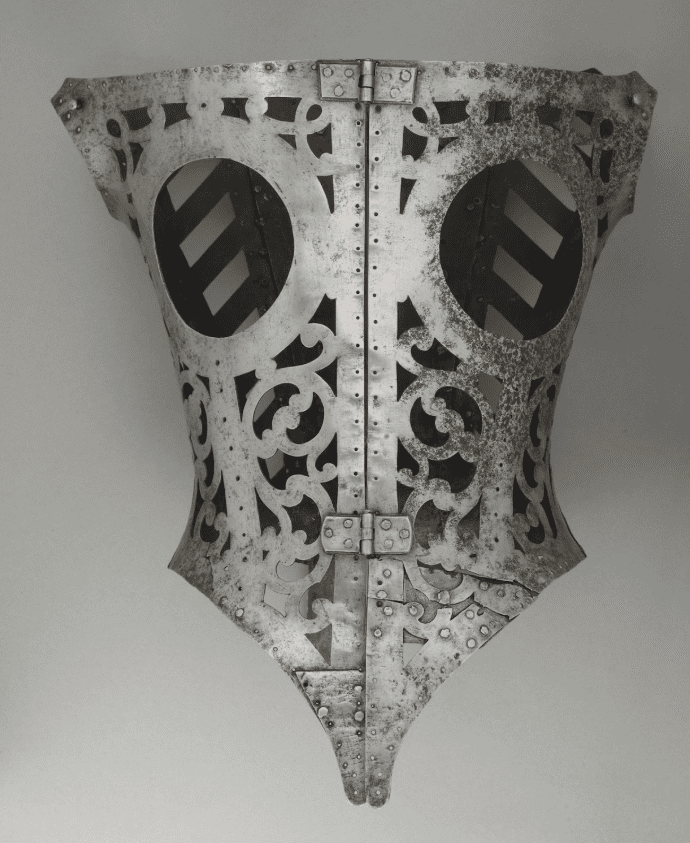A Dark Tale of Gender Inequality
Throughout history, punitive measures against women have often been disproportionately cruel, reflecting deep-seated societal biases and oppressive gender norms designed not only to discipline but also to reinforce societal control over women.
1. The Scold’s Bridle
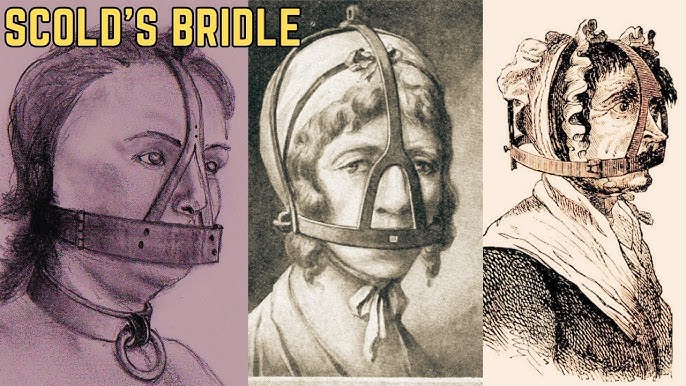
The Scold’s Bridle, also known as the brank, was a metal cage placed around a woman’s head, with a sharp piece pressing against her tongue. This device was used to silence women accused of gossiping or defying societal norms. Beyond the physical pain, it symbolized the suppression of women’s voices and autonomy.
2. Dunking Stool
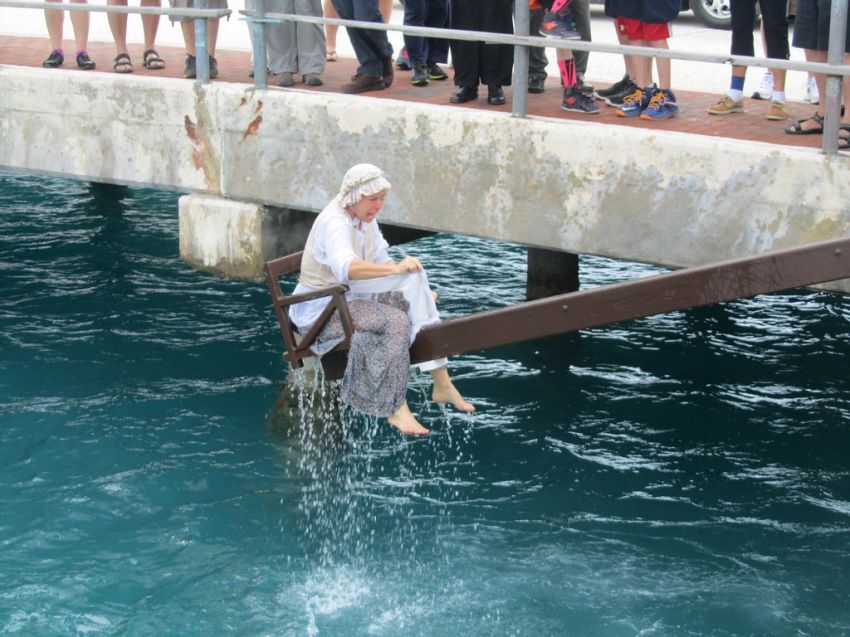
The dunking stool was a chair mounted on a wooden beam, used to immerse women repeatedly in water. Accusations of witchcraft or being “troublesome” were common reasons for its use. While intended to humiliate, the repeated dunking often resulted in severe injuries or drowning.
3. Witch Trials and Burnings

During the infamous witch hunts in Europe and colonial America, women accused of witchcraft were tortured and often burned alive. Many victims were independent or knowledgeable women who defied societal expectations. This practice, driven by superstition and misogyny, claimed thousands of lives.
4. Public Shaming
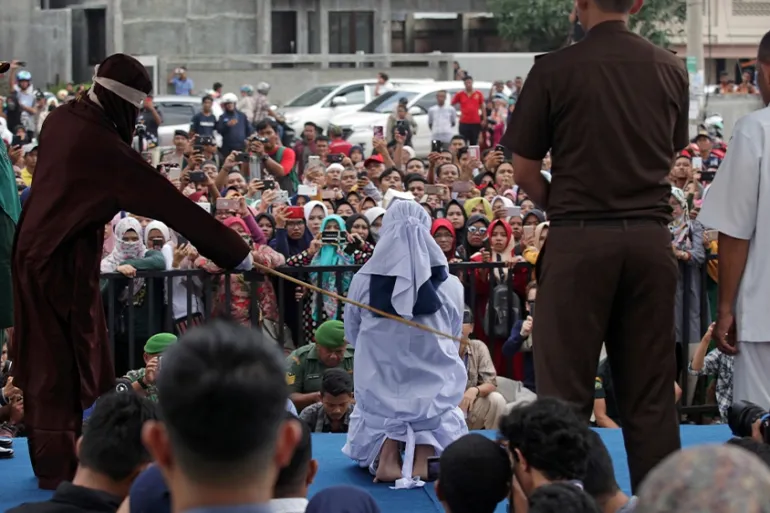
Women accused of crimes like adultery or theft were often subjected to public shaming. Paraded through towns naked or partially clothed, they were ostracized and ridiculed. The psychological trauma and social stigma often lasted a lifetime.
5. Foot Binding
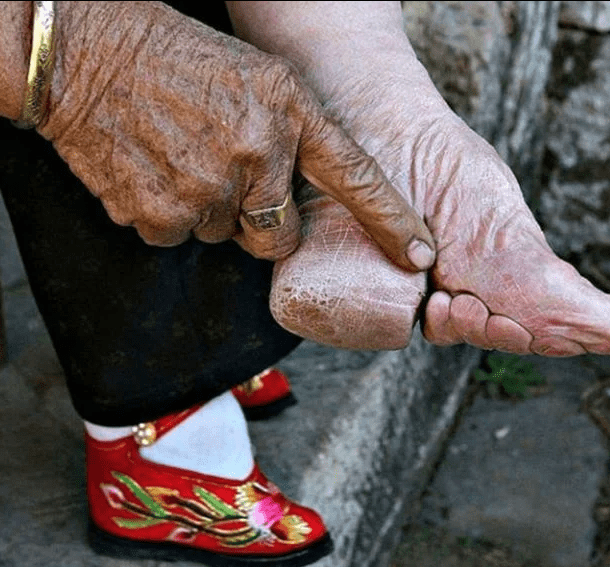
In ancient China, foot binding was practiced to conform to aesthetic ideals of beauty. Girls’ feet were tightly bound to prevent growth, creating the desired “lotus foot.” This practice caused permanent deformities and lifelong pain, symbolizing the control of women’s bodies for cultural standards.
6. Iron Corsets
Iron corsets were designed to reshape a woman’s body into culturally desirable forms, such as a wasp-waist figure. Prolonged use led to rib damage, organ compression, and even death. These devices reflected society’s oppressive beauty standards.
The social importance of both corsetry and body armour in the early modern period was linked to beliefs that both the body and mind could be pressed into shape. Good posture had to be impressed upon the body from the outside, starting with swaddling, when newborns and infants were tightly wrapped in lengths of fabric to ensure their bodies and limbs would grow straight.
The use of metal to reinforce and enhance the tailoring of fashion garments such as corsets also highlights the period’s emphasis on clothing that moulded the body.
The fashion for highly structured clothing and the development of orthopaedics as a field of surgery in the 16th century both reflect a shift in medicine to include restorative and cosmetic interventions to maintain health. In this sense the iron corset strengthened, corrected, protected and aestheticised the elite body.
7. Breast Ripper
The breast ripper was a metal claw used to mutilate women’s breasts. It was often employed as punishment for Cheating, disrespecting religion, or disagreeing with beliefs. This gruesome method caused immense pain, disfigurement, and often death.
8. Stocks and Pillory
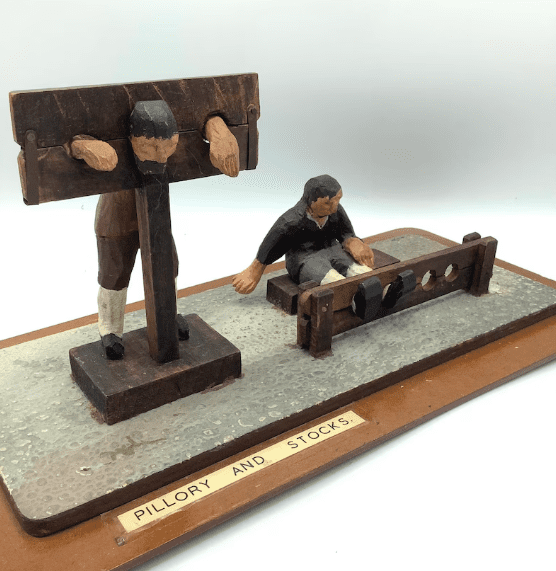
The stocks or pillory were wooden devices that locked women in uncomfortable positions, exposing them to public ridicule. Used for minor offenses like being a “shrew” or violating social norms, these punishments caused both physical discomfort and psychological humiliation.
9. Forced Head Shaving

Head shaving was a common punishment for women accused of adultery or collaboration with enemies during wartime. It stripped women of their dignity and identity, leaving them ostracized and vulnerable.
10. Execution by Crushing

In some cultures, women accused of adultery or defying societal norms were executed by crushing. Heavy stones or weights were placed on their bodies, causing a slow and excruciating death. This method served as both punishment and a public spectacle to deter others.
These brutal methods of punishment reflect not only the cruelty of certain periods in history but also the deep-seated misogyny that governed societal norms. While humanity has made significant strides toward equality, it’s essential to remember these dark chapters to ensure they are never repeated. Understanding the past helps us advocate for gender justice and human rights in the present.




